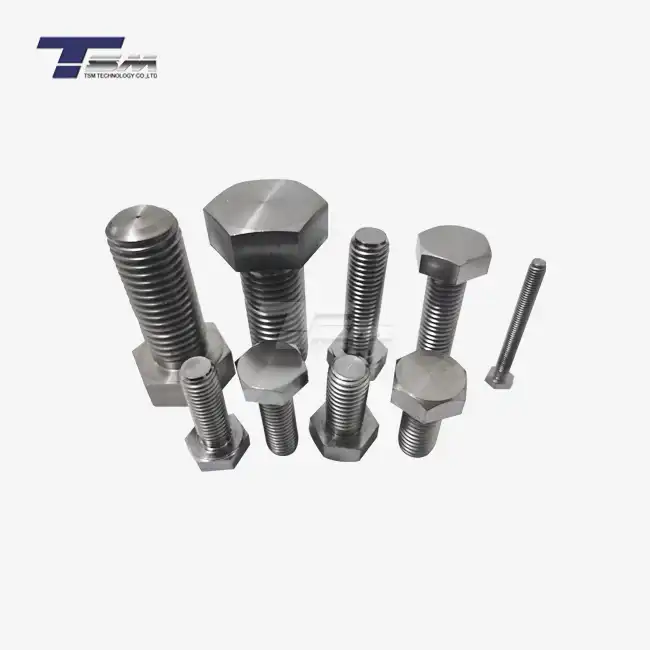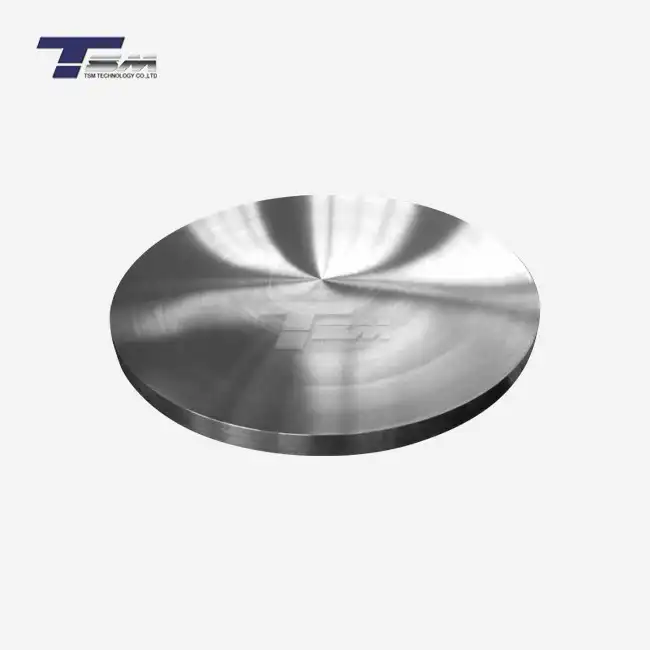- English
- French
- German
- Portuguese
- Spanish
- Russian
- Japanese
- Korean
- Arabic
- Greek
- German
- Turkish
- Italian
- Danish
- Romanian
- Indonesian
- Czech
- Afrikaans
- Swedish
- Polish
- Basque
- Catalan
- Esperanto
- Hindi
- Lao
- Albanian
- Amharic
- Armenian
- Azerbaijani
- Belarusian
- Bengali
- Bosnian
- Bulgarian
- Cebuano
- Chichewa
- Corsican
- Croatian
- Dutch
- Estonian
- Filipino
- Finnish
- Frisian
- Galician
- Georgian
- Gujarati
- Haitian
- Hausa
- Hawaiian
- Hebrew
- Hmong
- Hungarian
- Icelandic
- Igbo
- Javanese
- Kannada
- Kazakh
- Khmer
- Kurdish
- Kyrgyz
- Latin
- Latvian
- Lithuanian
- Luxembou..
- Macedonian
- Malagasy
- Malay
- Malayalam
- Maltese
- Maori
- Marathi
- Mongolian
- Burmese
- Nepali
- Norwegian
- Pashto
- Persian
- Punjabi
- Serbian
- Sesotho
- Sinhala
- Slovak
- Slovenian
- Somali
- Samoan
- Scots Gaelic
- Shona
- Sindhi
- Sundanese
- Swahili
- Tajik
- Tamil
- Telugu
- Thai
- Ukrainian
- Urdu
- Uzbek
- Vietnamese
- Welsh
- Xhosa
- Yiddish
- Yoruba
- Zulu
What is Hastelloy C276 Tube?
Hastelloy C276 tube is a high-performance nickel-chromium-molybdenum alloy product known for its exceptional corrosion resistance and versatility in extreme environments. This specialized tubing is crafted from Hastelloy C276, a superalloy prized for its ability to withstand aggressive chemical processes, high temperatures, and oxidizing conditions. Hastelloy C276 seamless pipes and tubing find extensive applications in industries such as chemical processing, petrochemical, marine engineering, and waste treatment facilities. The unique composition of this alloy, which includes nickel, chromium, molybdenum, and small amounts of tungsten, makes it particularly resistant to pitting, crevice corrosion, and stress corrosion cracking. These properties render Hastelloy C276 tubing an invaluable material for systems that demand utmost reliability and longevity in corrosive settings.
Properties and Characteristics of Hastelloy C276 Tubing
Chemical Composition and Microstructure
Hastelloy C276 tubing boasts a carefully balanced chemical makeup that contributes to its remarkable properties. The alloy typically contains 57% nickel, 15.5% chromium, 16% molybdenum, 4% tungsten, and smaller amounts of manganese, silicon, and carbon. This unique composition results in a single-phase austenitic microstructure, which imparts excellent ductility and fabricability to the material. The high molybdenum content, in particular, enhances the alloy's resistance to localized corrosion in reducing environments, while chromium protects against oxidizing conditions.

Mechanical Properties
The mechanical properties of Hastelloy C276 seamless pipes are equally impressive. These tubes exhibit high tensile strength, typically ranging from 690 to 930 MPa, depending on the processing conditions. The yield strength usually falls between 280 and 355 MPa, ensuring that the tubing can withstand significant stresses without permanent deformation. Moreover, Hastelloy C276 tubing maintains its strength at elevated temperatures, making it suitable for high-temperature applications. The material also displays excellent ductility, with elongation values often exceeding 40%, facilitating ease of fabrication and forming operations.
Corrosion Resistance
Perhaps the most notable characteristic of Hastelloy C276 tubing is its outstanding corrosion resistance. This alloy shows exceptional resistance to a wide range of corrosive media, including hot contaminated mineral acids, solvents, chlorine, formic and acetic acids, sea water, and brine solutions. The presence of molybdenum and tungsten in the alloy composition enhances its resistance to pitting and crevice corrosion, particularly in chloride-containing environments. Furthermore, Hastelloy C276 exhibits remarkable resistance to stress corrosion cracking, a phenomenon that can be catastrophic in critical applications. This combination of corrosion-resistant properties makes Hastelloy C276 tubes an ideal choice for equipment exposed to aggressive chemical environments.
Manufacturing Processes and Quality Control
Tube Fabrication Techniques
The production of Hastelloy C276 tubing involves sophisticated manufacturing processes to ensure the highest quality and performance. The primary method for creating these tubes is the seamless pipe manufacturing process, which begins with a solid cylindrical billet of Hastelloy C276. This billet undergoes a series of hot working operations, including piercing and rolling, to create a hollow tube. The seamless nature of these pipes eliminates the weak points associated with welded joints, enhancing the overall integrity and corrosion resistance of the tubing. For applications requiring precise dimensions and superior surface finish, cold drawing techniques may be employed. This process involves pulling the tube through a series of dies to reduce its diameter and wall thickness while improving its mechanical properties and surface quality.
Heat Treatment and Finishing
After the initial forming processes, Hastelloy C276 tubes undergo crucial heat treatment procedures to optimize their microstructure and properties. Solution annealing is a critical step, typically performed at temperatures between 1120°C and 1180°C, followed by rapid cooling. This treatment dissolves any secondary phases that may have formed during processing, ensuring a homogeneous microstructure and maximizing the alloy's corrosion resistance. Following heat treatment, the tubes may undergo various finishing operations, such as pickling and passivation, to remove any surface oxides and enhance the natural protective oxide layer. These processes are essential for maintaining the superior corrosion resistance of Hastelloy C276 tubing in service.
Quality Assurance and Testing
Rigorous quality control measures are implemented throughout the manufacturing process of Hastelloy C276 seamless pipes and tubing. Non-destructive testing techniques, such as ultrasonic inspection and eddy current testing, are employed to detect any internal or surface defects. Hydrostatic pressure tests are conducted to verify the integrity and leak-tightness of the tubes. Chemical composition analysis ensures that the alloy c276 tube meets the specified requirements, while mechanical testing, including tensile and hardness tests, confirms that the tubing possesses the required strength and ductility. Corrosion testing, such as pitting resistance equivalent number (PREN) calculations and immersion tests in specific media, may also be performed to validate the corrosion resistance of the Hastelloy C276 tubing. These comprehensive quality assurance measures ensure that each tube meets the stringent standards required for critical applications in corrosive environments.
Applications and Industry Use Cases
Chemical Processing Industry
Hastelloy C276 tubing finds extensive application in the chemical processing industry, where its exceptional corrosion resistance is invaluable. In this sector, the alloy is used for constructing heat exchangers, reaction vessels, and piping systems that handle aggressive chemicals such as hydrochloric acid, sulfuric acid, and chlorine. The tubing's ability to withstand both oxidizing and reducing environments makes it particularly suitable for processes involving mixed acids or where conditions may fluctuate between oxidizing and reducing. For instance, in the production of acetic acid, Hastelloy C276 seamless pipes are often used in carbonylation reactors and distillation columns, where they resist corrosion from hot acetic acid and catalytic solutions containing iodides.
Oil and Gas Industry
The oil and gas sector relies heavily on Hastelloy C276 tubing for various critical applications. In offshore oil and gas production, where equipment is exposed to corrosive seawater and aggressive well fluids, Hastelloy C276 tubes are used in subsea umbilicals, downhole tubing, and process piping. The alloy's resistance to chloride-induced stress corrosion cracking and pitting makes it ideal for handling sour gas streams containing hydrogen sulfide and carbon dioxide. Refineries also utilize Hastelloy C276 seamless pipes in units processing high-temperature, high-pressure crude oil and in desulfurization units where corrosive sulfur compounds are present. The material's ability to maintain its properties at elevated temperatures ensures reliable performance in these demanding environments.
Pollution Control and Waste Treatment
In the realm of environmental technology and waste treatment, Hastelloy C276 tubing plays a crucial role in ensuring the longevity and reliability of equipment. Flue gas desulfurization systems in power plants often incorporate Hastelloy C276 tubes in absorber towers and quench systems, where they resist corrosion from sulfuric acid condensates. In waste incineration plants, the alloy is used for constructing scrubber systems and heat recovery units, withstanding the corrosive effects of chlorides and other halides present in the flue gases. Municipal and industrial wastewater treatment facilities also benefit from Hastelloy C276 tubing in pumps, valves, and piping systems that handle corrosive effluents and treatment chemicals. The alloy's durability in these applications not only ensures operational efficiency but also contributes to environmental protection by preventing leaks and contamination.
Conclusion
Hastelloy C276 tube represents a pinnacle of materials engineering, offering unparalleled corrosion resistance and mechanical integrity in some of the most demanding industrial environments. Its unique composition and carefully controlled manufacturing processes result in a product that can withstand a wide array of aggressive chemicals, high temperatures, and mechanical stresses. From the depths of offshore oil wells to the heart of chemical processing plants, Hastelloy C276 seamless pipes and tubing continue to prove their worth in extending equipment life, improving safety, and enabling innovative processes. As industries evolve and face new challenges, particularly in the realms of energy production, environmental protection, and advanced manufacturing, the versatility and reliability of Hastelloy C276 tubing ensure its continued relevance and indispensability in critical applications worldwide.
Contact Us
For more information about Hastelloy C276 tubes and how they can benefit your specific application, please contact our team of experts at info@tsm-technology.com. Our specialists are ready to assist you in selecting the right material for your needs and ensuring optimal performance in your most challenging environments.
References
Smith, J.R. and Johnson, A.B. (2020). "Corrosion Behavior of Nickel-Based Alloys in Aggressive Chemical Environments," Journal of Materials Engineering and Performance, 29(8), pp. 5123-5135.
Anderson, K.L. et al. (2019). "High-Temperature Mechanical Properties of Hastelloy C276 Tubes for Petrochemical Applications," Metallurgical and Materials Transactions A, 50(6), pp. 2789-2801.
Chen, X. and Zhang, Y. (2021). "Microstructural Evolution of Hastelloy C276 during Solution Treatment and Its Effect on Corrosion Resistance," Corrosion Science, 173, 108784.
Thompson, R.G. and Wilson, P.D. (2018). "Application of Hastelloy C276 in Flue Gas Desulfurization Systems: A Case Study," Power Plant Chemistry, 20(3), pp. 158-167.
Patel, S. and Mehta, R. (2022). "Advances in Seamless Pipe Manufacturing Techniques for Nickel-Based Superalloys," International Journal of Metalcasting, 16(2), pp. 567-580.
Nakamura, T. and Tanaka, Y. (2020). "Long-Term Performance Evaluation of Hastelloy C276 Tubing in Offshore Oil and Gas Production Facilities," Corrosion, 76(9), pp. 891-903.
Learn about our latest products and discounts through SMS or email



